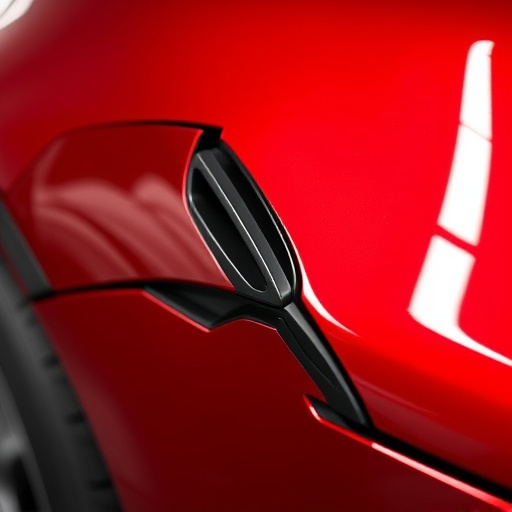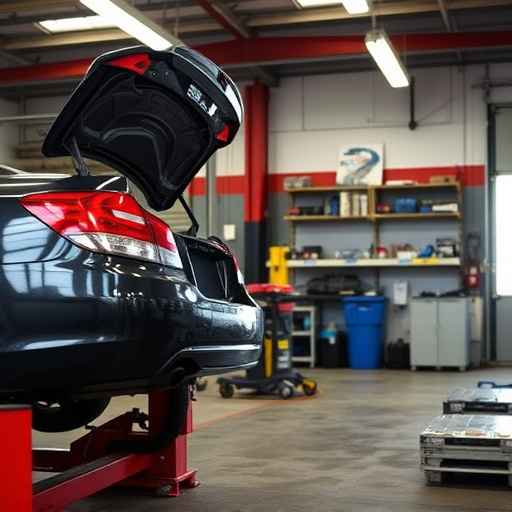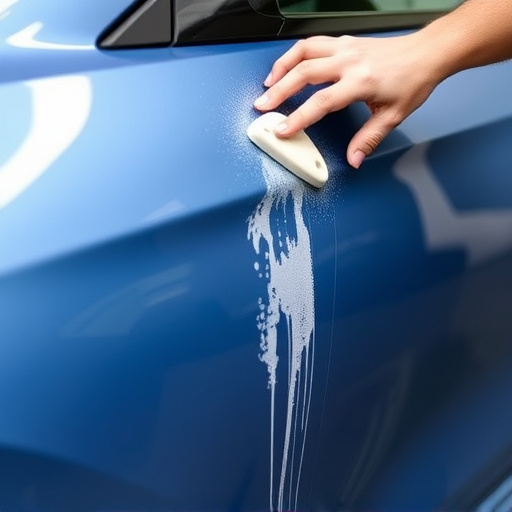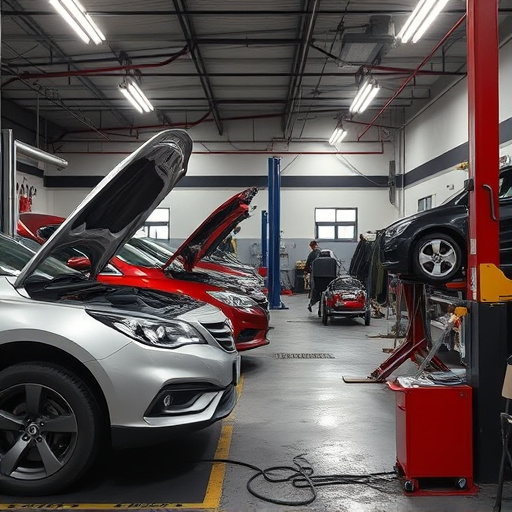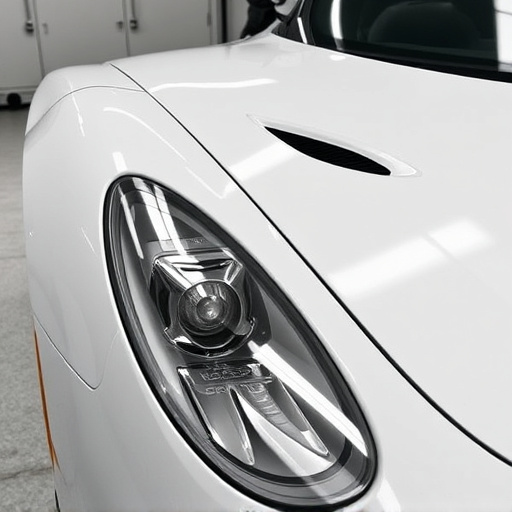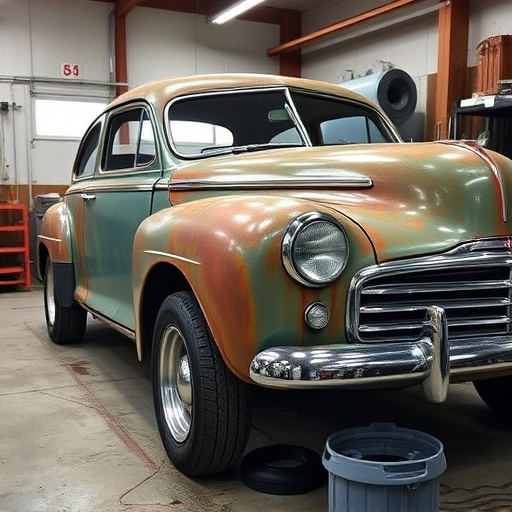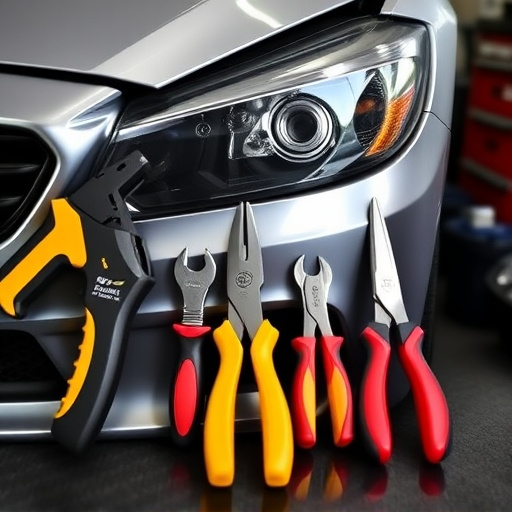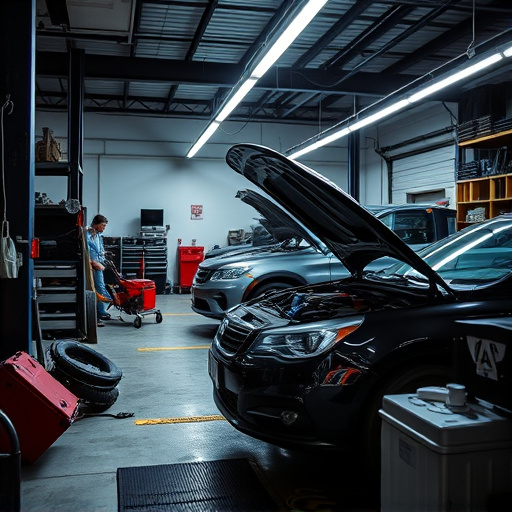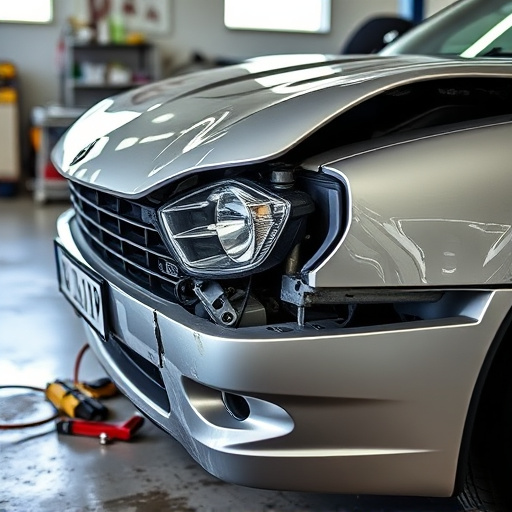C-pillar repair is a critical auto body process ensuring structural integrity and safety. Skilled technicians use advanced methods for precise repairs, minimizing body lean and enhancing alignment. Efficient workflows, strategic planning, and digital systems streamline operations, reducing repair times and costs. Best practices include regular training, organized inventory, and continuous improvement based on feedback to maintain competitive edge in the market.
In today’s competitive automotive landscape, efficient C-pillar repair processes are essential for shop operational excellence. This article delves into the intricacies of C-pillar repair techniques and highlights their significant benefits. We explore strategies to optimize shop workflows, ensuring swift and accurate repairs. Additionally, best practices for long-term operational efficiency are provided, empowering professionals to maintain a competitive edge while enhancing customer satisfaction through streamlined C-pillar repair services.
- Understanding C-Pillar Repair Techniques and Benefits
- Optimizing Shop Workflow for Efficient C-Pillar Repairs
- Best Practices for Sustaining Long-Term Operational Efficiency
Understanding C-Pillar Repair Techniques and Benefits
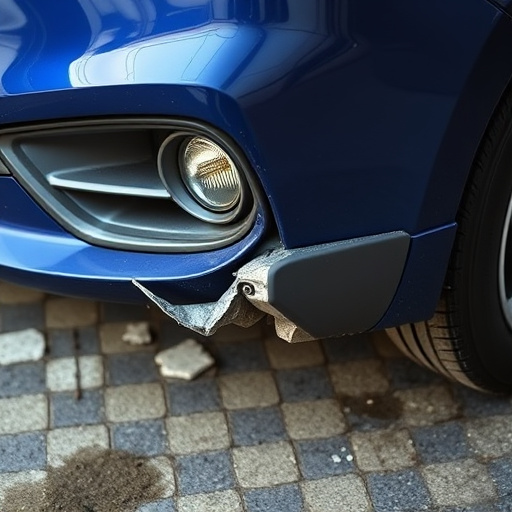
Understanding C-Pillar Repair Techniques and Benefits
C-pillar repair is a critical aspect of vehicle body repair that significantly enhances the structural integrity and safety of cars. This technique involves repairing or replacing the C-pillar, which connects the roof to the side doors and supports the overall frame. Skilled technicians employ advanced methods, including welding and specialized auto painting techniques, to ensure precise and seamless repairs. The benefits are multifold: it not only restores the vehicle’s structural soundness but also maintains its aesthetic appeal. Proper C-pillar repair minimizes body lean, ensures proper alignment, and prevents future safety hazards that can arise from damaged pillars.
Moreover, efficient C-pillar repair processes contribute to shop operational efficiency. By utilizing modern tools and techniques, autobody repairs can be completed faster, reducing the time a vehicle spends in the workshop. This not only benefits the repair shop by increasing throughput but also offers customers convenience. Efficient workflows, including streamlined communication and optimized material management, allow technicians to focus on high-quality repairs, ensuring customer satisfaction and fostering long-term loyalty.
Optimizing Shop Workflow for Efficient C-Pillar Repairs
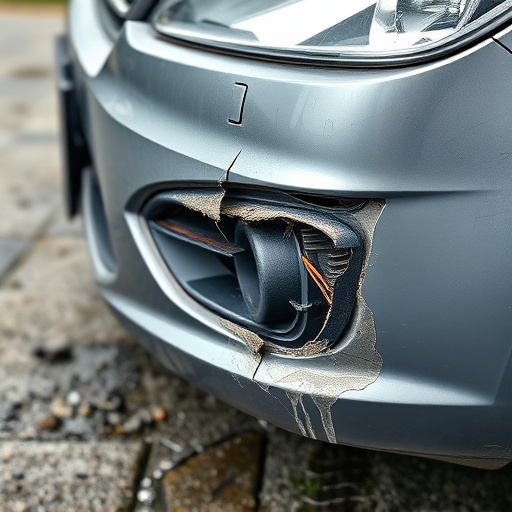
In an auto body shop, optimizing the workflow for C-pillar repairs is a strategic move to enhance overall operational efficiency. By streamlining the process, shops can significantly reduce repair times and improve productivity. This involves carefully planning and organizing the workspace, ensuring all necessary tools and parts are readily available. Efficient communication among staff is key; clear instructions and prompt response times mean faster turnaround for C-pillar repairs, a critical component in vehicle collision repair services.
A well-structured workflow includes dedicated stations for inspection, measurement, and actual repair. Implementing digital systems for part tracking and job management can further streamline operations. This optimization not only benefits the shop by reducing costs but also ensures customers receive their vehicles with superior car collision repair quality, faster than ever before.
Best Practices for Sustaining Long-Term Operational Efficiency
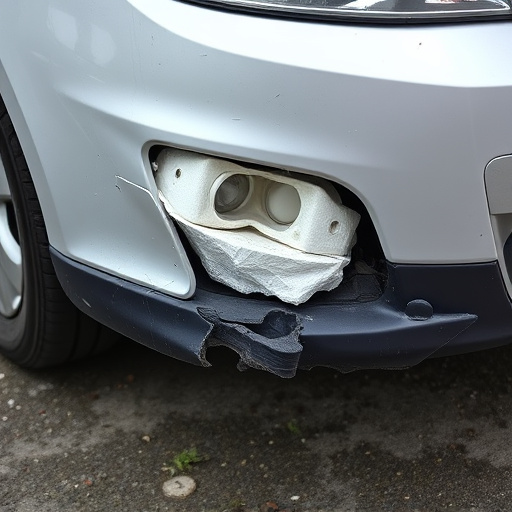
To sustain long-term operational efficiency in an auto repair shop, implementing best practices is paramount. Regular training and updates on C-pillar repair techniques are essential, keeping staff adept at handling various vehicle issues. A well-organized inventory system for parts, including those needed for car scratch repair and auto glass repair, ensures quick turnaround times and reduces waste.
Streamlining processes through digital tools can significantly enhance efficiency. Utilizing software for scheduling appointments, tracking repairs, and managing inventory simplifies operations. Additionally, fostering a culture of continuous improvement by encouraging feedback from both staff and customers can identify bottlenecks and areas for optimization, ensuring the shop remains competitive in the market.
C-pillar repair is not just a technical process but a strategic key to enhancing shop operational efficiency. By understanding advanced repair techniques, optimizing workflow, and adopting best practices, automotive businesses can achieve remarkable results in reducing downtime, minimizing costs, and maximizing productivity. Implementing these strategies ensures long-term sustainability and a competitive edge in the industry, ultimately benefiting both shops and their customers.



